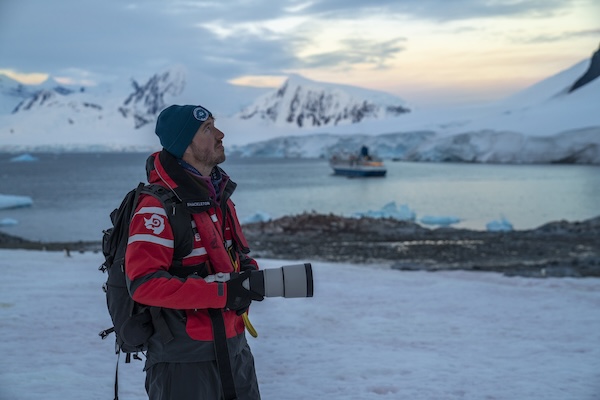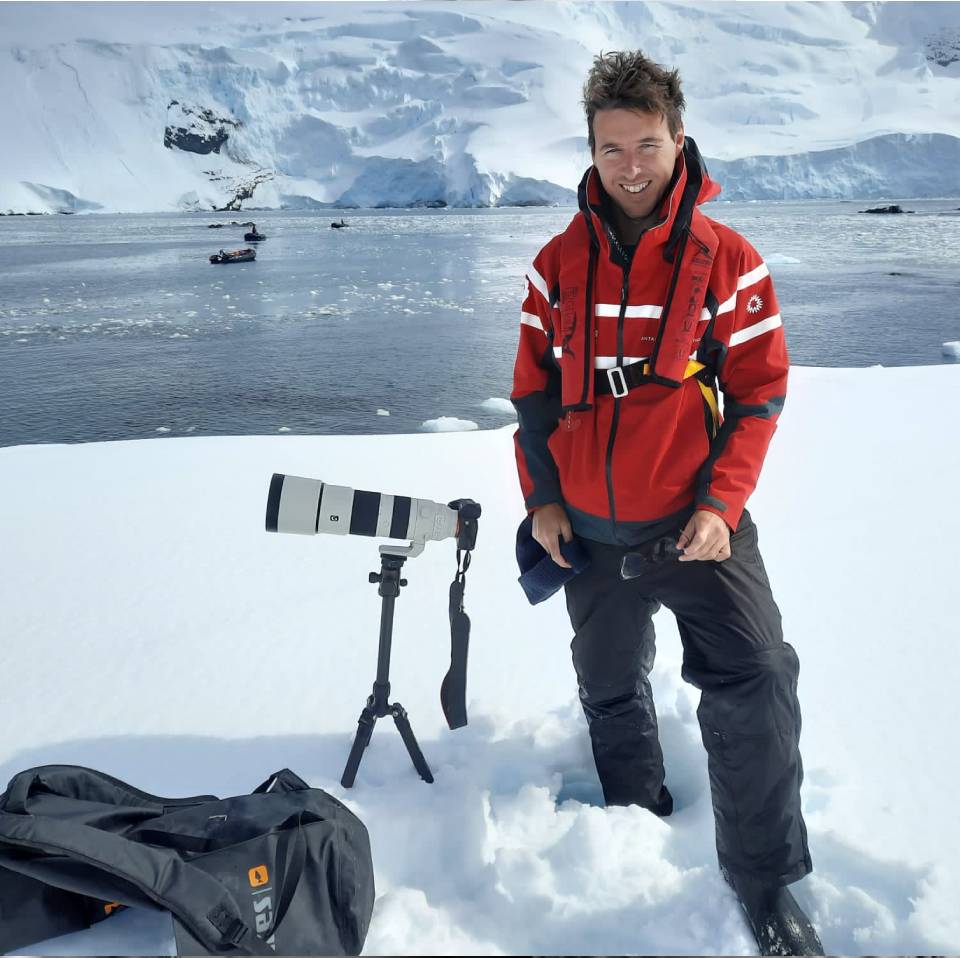Like most people, before my first trip to Antarctica, I’d done my research. And I thought I had everything pinned down.
I’d read the blogs, watched the documentaries, asked friends who’d been there, and still, there were a handful of things I just didn’t realise until I was standing on the deck of an expedition ship, staring out to sea.
So, if you’re planning a trip to the White Continent, here are five things I wish someone had told me before I went. Hopefully, it makes your adventure even better.
1. Bring Binoculars. Seriously.
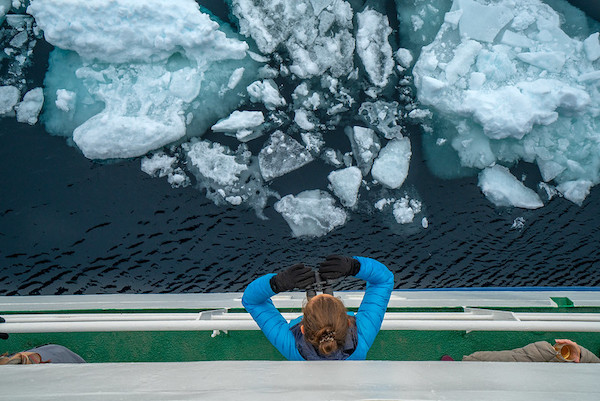
I don’t know why I didn’t think of this.
Perhaps because I’m a photographer I didn't think about binoculars.
Maybe I figured I’d be so close to the wildlife and icebergs that I wouldn’t need them. And yes — you do get remarkably close, especially on zodiac cruises and landings.
But binoculars aren’t just for spotting distant whales (though they’re brilliant for that). They let you pick out seals napping on floating ice, see the intricate patterns in an iceberg, and catch seabirds wheeling around the ship in a way your eyes alone just can’t manage.
I thought prior to leaving that I would just be looking through my telephoto lens and taking pictures of those things - but I was wrong.
There were loads of times when I was sitting having a coffee or tea and looking out the windows and would spot something in the distance. Going outside to take a picture seemed like too much effort… but binoculars would have been perfect!
I borrowed a pair off a fellow passenger halfway through my first voyage and instantly started using them lots.
See our page here on the best binoculars for your Antarctic trip
2. Don’t Overpack — The Ship Has a Shop and You’ll Be Fine
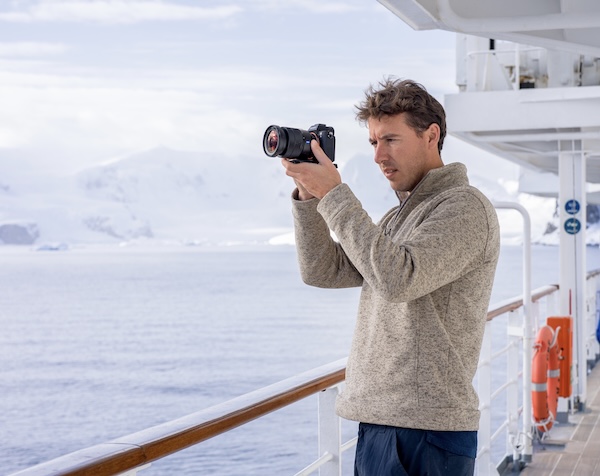
It’s so tempting to pack like you’re heading to the North Pole for three months rather than a well-equipped expedition ship for 10 days.
Before my first trip, my bag was stuffed with multiple thermals, spare gloves, hiking boots, several waterproof trousers, and more base layers than any one person should own.
Here’s what no one tells you: most Antarctic operators provide things like thermal jackets and sturdy rubber boots for free. You’ll wear their kit every time you head out, and it’s perfectly suited for the conditions. The hiking boots you spent a fortune on will stay in your cabin.
And if you forget anything — spare gloves, sunblock (yes, you’ll need it), seasickness tablets, or even a memory card for your camera — there’s a little onboard shop with the essentials. No need to stress.
There is also a laundry onboard each ship. So, there is no need to pack 10 thermals, or multiple waterproof layers.
See our detailed packing list here.
3. Telephoto Lenses Are Overrated (and Occasionally a Hassle)
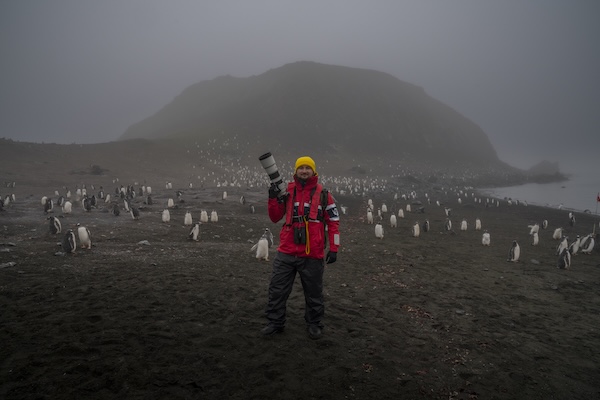
As a photographer, I lugged a giant telephoto lens on my first trip, thinking I’d need it to capture penguins and whales.
The reality? You get incredibly close to wildlife in Antarctica. Penguins waddle right up to you. Seals snooze a few metres away. And whales sometimes surface just alongside your zodiac.
Using a massive, heavy lens on a small, bobbing boat isn’t easy. You’ll get better, sharper shots with a mid-range zoom (like a 70-200mm) that’s easy to handle.
And you won’t risk whacking a fellow passenger every time you swing your gear around.
Unless you’re dead set on distant bird photography or serious penguin portraiture, leave the large telephoto at home.
You’ll be happier with a good all-round lens, and your back will thank you.
See our page on Antarctic photography here.
4. Late February and March Are Whale Heaven (But Early Season Is Pure Antarctic Magic)
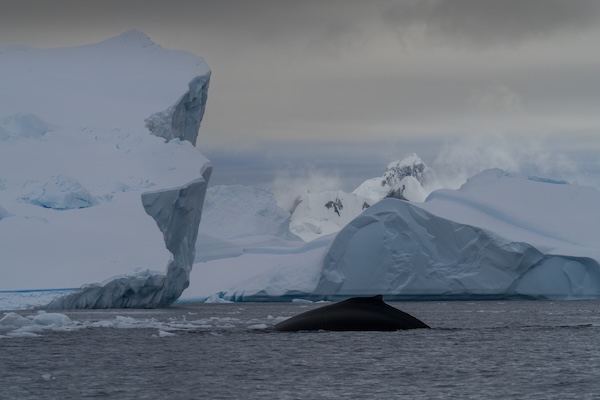
Before I went, I assumed Antarctica would be the same throughout the summer season (which runs from November to March).
Turns out, the experience changes dramatically depending on when you go.
Early in the season — November and December — the continent feels pristine and untouched.
Snow blankets the landscapes, icebergs are chunky and sculptural, and most of the penguin colonies are still nesting. It feels like the classic Antarctica you see in films.
But if you’re a whale person (who isn’t?), you’ll want to visit in late February or March.
That’s when whale sightings peak. On one of my later-season trips, we saw humpbacks on almost every zodiac cruise, often so close you could feel the spray from their blowhole.
The light is also beautiful that time of year, with long golden evenings.
Both are incredible, but knowing the difference ahead of time might help you pick the trip that’s right for you.
See our detailed page on the best time to visit Antarctica here.
5. Extend Your Trip in Buenos Aires or Patagonia
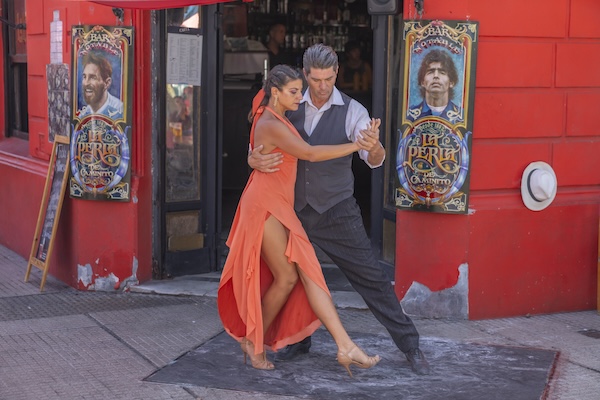
This is a big one. Most people don’t realise just how far Ushuaia is from anywhere else.
It’s the southernmost city in the world, and flights there often involve a connection through Buenos Aires.
After spending the time (and lots of money) to get there, it makes sense to see a little more while you’re at it.
Buenos Aires is a fantastic city. It’s vibrant, beautiful, and packed with character. You can soak up tango culture, eat the best steak of your life, and get lost in historic neighbourhoods like San Telmo and Palermo.
Alternatively, consider a side trip to Patagonia. Places like El Calafate, with its famous Perito Moreno Glacier, or the jagged peaks of Torres del Paine in Chile are surprisingly accessible from Ushuaia and add a whole other layer to your southern adventure.
On my last trip, I tagged on four days in Buenos Aires and it made the whole experience feel more rounded. After all, if you’ve come all this way, you might as well make the most of it.
Final Thoughts
Visiting Antarctica is one of the most remarkable things you can do — no matter how much you prepare, the place will blow your mind.
But having a few insider tips before you go can help you make the absolute most of it.
So, bring those binoculars, leave half your clothes at home, ditch the telephoto, think carefully about when to travel, and treat yourself to a little extra adventure in South America while you’re at it.
You won’t regret it.

